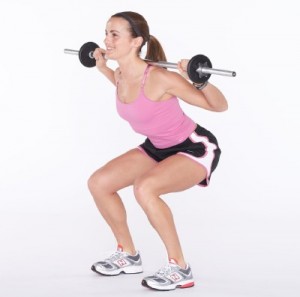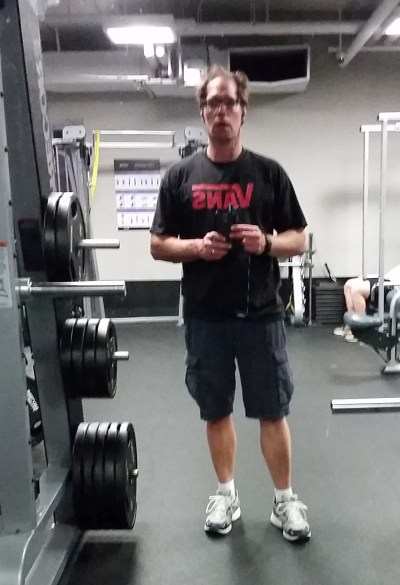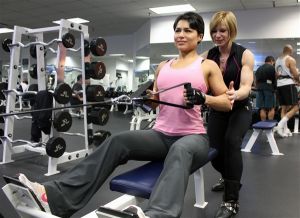To make an improvement in body mechanics or physiology, you must give the push your body for a reason to improve.
The only way this is possible is to put a demand of effort on the muscle groups that causes them to adjust the body to good mechanics and to strengthen the physiology.
It is readily apparent that use of the muscles of the body can be arranged to improve the general posture of the body through strengthening those muscles which hold organs and joints in good position. It is not so readily understood how use of muscles can strengthen the physiology.
However, the application is very simple. All physiology is designed to support muscular effort, but it is only the use of the large muscle groups that can put real demands on the physiology. Through strong vigorous use of the large muscles, particularly the hips, legs and back, we can place adequate demands on the physiology of the body to make it as strong as it is possible to be. In no other way can we bring about any significant improvement in the physical fitness of the body. All our educators are agreed that modern living conditions have taken away the demand of function of the body resulting in our present lack of fitness.
In our search for a kind of effort or exercise program to best improve the body mechanics and the physiology, the following needs must be met:
How to Push Your Body
- It must use simple motions that require little skill or learning.
- It must be adaptable to strengthen muscles and groups of muscles according to their need and ability in body mechanics.
- It must be a kind of effort that can place adequate demands on the general physiology of the body.
- It must be completely adaptable to the capacities of each individual at all age levels and according to his ability.
- It must be a kind of effort that can be measured and increased according to the ability of each individual to respond to it, for without its being progressive, the adaptability of the body tissues will not be activated.
- It must show improvement in the body rapidly enough to hold the interest of the individual.
- It must produce adequate results in improved body mechanics and physiology.
- It must require no more than a reasonable amount of time in its application.
- It must be a kind of effort that can be continued throughout life.
Does School teach us how to Push Your Body
Our popular athletic programs fail to meet these requirements satisfactorily. Many place a strong emphasis on the value of running as a means of increasing physical fitness, particularly running for sustained periods of time to fully activate the heart, lungs and blood vessels. Sustained effort of running does this and does it well, but the needs of body mechanics are not met by running, and it is difficult to properly control the energy spent and regulate it to fit the requirements of the individual in relationship to body type and planned objective.
In all sports and games, the body is caused to adjust itself to the demands made by the specific sport or game with no regard for the specific needs of the participant, either in mechanics or physiology.
Gymanstics to Calisthenics
Gymnastics and tumbling provide a medium of effort that can accomplish much in physical improvement and conditioning but the time required and the learning of the necessary skills provide a major obstacle to most of us. Many times this is an insurmountable obstacle to the children of the “low fitness” group who need improvement the most.
Routine calisthenics also have value but are limited in their results because of the lack of control in their application, both in degree of effort and in progression.
The type of physical training that best meets the requirements outlined is called progressive resistance exercise.
Most types of physical training involve some use of progressive resistance principles, but in such a general way and without control as to make them ineffective for most of us. Other than calisthenics, most physical training involves the use of some type of apparatus.




